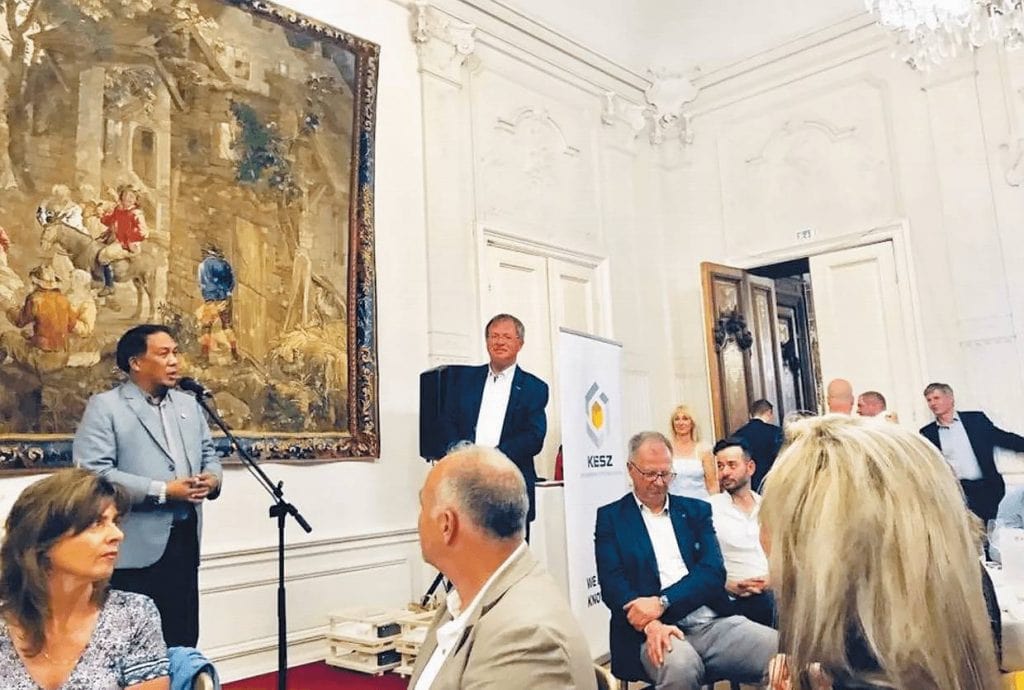When we travel, we see places, monuments, shelter and even spatial developments. We see sculptured art, and artistic expressions in object forms.
That is why if we want to educate ourselves, traveling is a great way to broaden our perspective.
Through traveling, we learn the way of life of different people, upgrade our understanding of the culture and traditions of other societies, and many more. We also learn a lot about architecture.
Traveling to different places makes us see why architecture needs to go hand-in-hand with art. We learn why structures need to be effective as places for living and working.
As we travel outside our comfort zones, we get to have opportunities to collaboratively work with different people and societies to come up with ideas or designs and implement projects, whether for public or private entities, that uplift communities.
Traveling gives us a high adrenaline rush as we step into a new environment. It excites and inspires us to see and experience new things. It shapes our outlook. It is a powerful way of understanding or learning about the ever-growing architecture, culture, history, urban modernization, and tradition of different places in the world.
This is why people love to travel. Traveling also makes us understand the architectural expressions that are intricately tied to the political landscape and the ideological climate that define the different buildings, monuments and structures.

We all know traveling is an art. When one explores a place or a city to the fullest, it makes one fall in love with a place’s architecture or culture.
The value of architectural structures and the preservation of heritage sites increasingly rests on images taken and uploaded on social media.
To learn about history, travelers depend not just on historical folklore, and the recollection of memories to increase their experiences and interact with other people of common interests but also on images taken.
Architects who travel to different places share their images with their peers when they go home to discuss the magnificent view, the measurement of footsteps, the different proportions and the relationship of structures to the environment.
At the end of one’s travels, we all get a perspective of how all these things — from art to architecture to design — are bound together.
* * *
Arch. Benjamin Panganiban Jr. is a past national president of the United Architects of the Philippines (UAP) and the first national president from Mindanao. He has been in private practice for more than 37 years and is a Fellow of the UAP. He is also the first ASEAN and APEC architect coming from Davao City. He is a graduate of BS Architecture from the University of Mindanao, a Doctor Fellow of the Royal Institute of Architects Singapore, and a recipient of the European Business Assembly.
Photo banner from freepik.com
